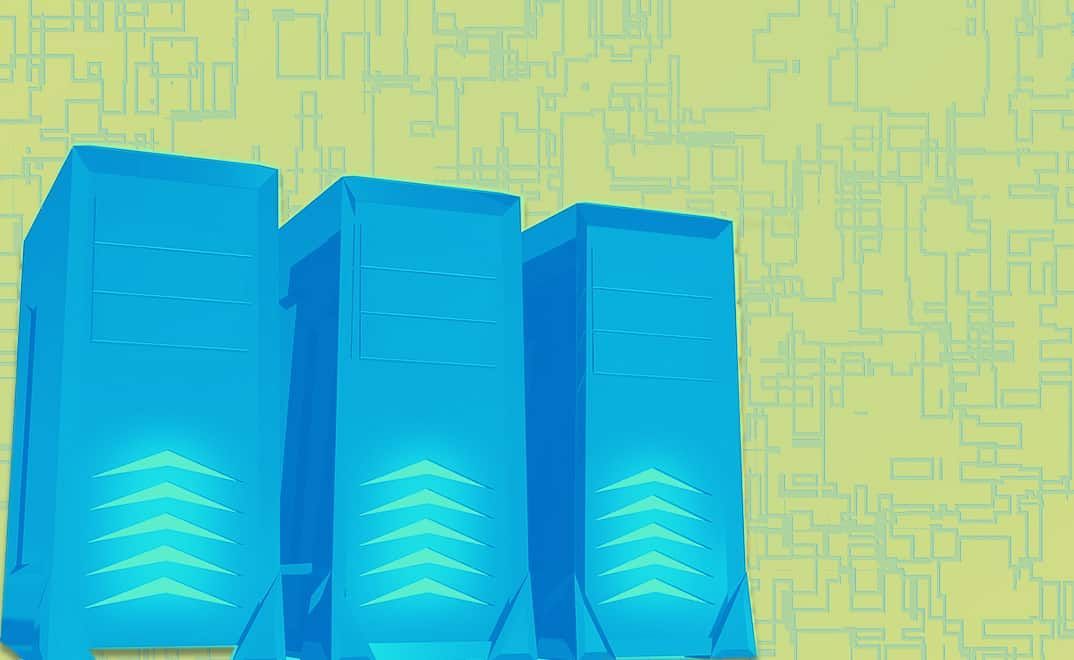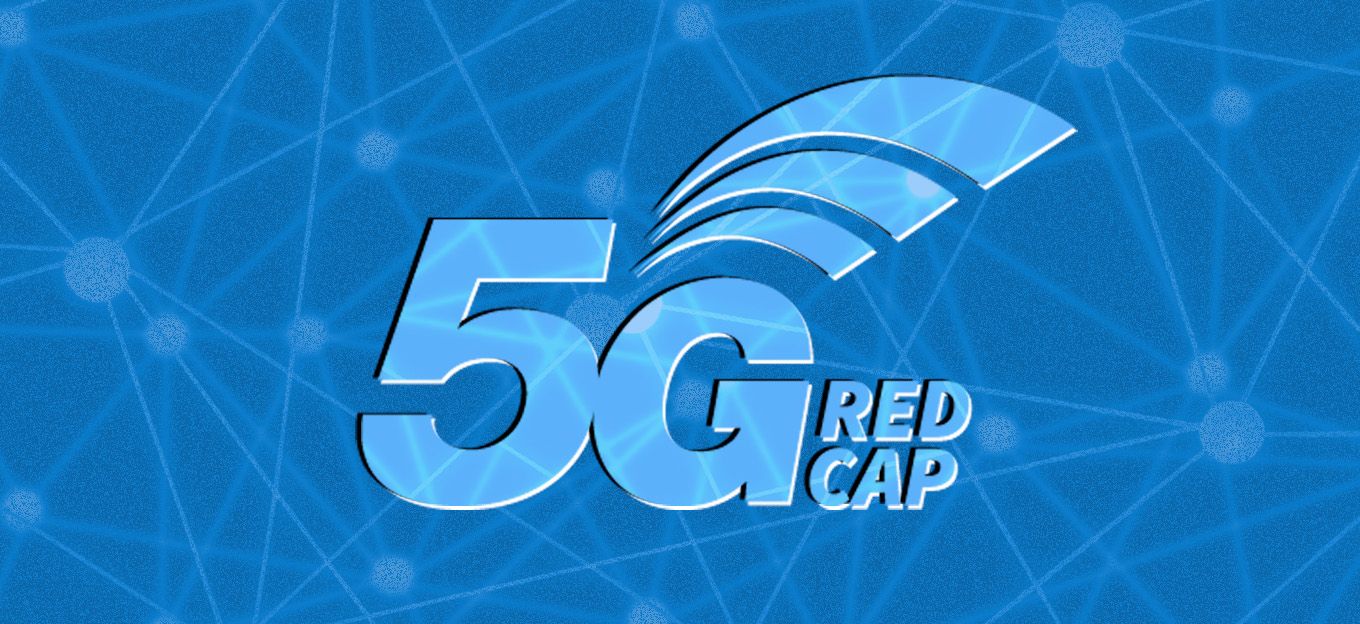Assessing IoT Readiness: 9 Questions for Communication Service Providers
Assessing IoT Readiness: 9 Questions for Communication Service Providers
- Last Updated: December 2, 2024
Andrew Morawksi
- Last Updated: December 2, 2024



From retail to construction, smart factories to hospitals, every market is looking to 5G to provide the capacity, performance, and resilience needed to connect billions of devices in a future connected world. And for Communications Service Providers (CSPs) who are already providing network access in these industries, 5G-powered IoT ecosystems offer an incredible opportunity for monetization - if approached strategically.
According to the GSMA Mobile Economy report, the IoT market will be worth more than USD 1 trillion by 2025 – this year alone, the IoT telecom services market is expected to grow by nearly $18 billion.
5G-powered IoT ecosystems offer an incredible opportunity for Communications Service Providers––if approached strategically.
To truly monetize 5G and ensure tangible, lasting business value for the IoT services it will support, CSPs will first need to address their overall IoT readiness – and this starts with nine key questions.
Securing the Fundamentals
There are a number of fundamental questions that must be answered as you prepare for your journey towards successfully delivering 5G-powered IoT services. These questions include:
Question 1
What is your desired business outcome, and what problems are you trying to solve for you and your customers? Possible focus areas include increasing revenues, reducing costs, delivering differentiated services versus competitors, improving time to market, or enhancing overall customer experience.
Question 2
What infrastructural upgrades do you need to make? Examples include deployment of new end-user devices such as machines in a factory, changes to your field service capabilities, or data center expansions.
Question 3
What resources do you need? Within your organization, it is important to identify the key skills you require and which teams you need to be involved in building your new 5G IoT services. Be clear on what additional training will be necessary for them and what organizational and cultural changes you need to make across all functions of your business lifecycle.
Question 4
Do you have policies and procedures in place for security, governance/compliance, and risk management that specifically cater to a fully digital service environment? Examples include mandatory software updates, access and connection control mechanisms, and management & monitoring systems.
Leveraging Data
Once you know what you are trying to achieve and what you need to do to get there, determine how you can maximize the impact of your 5G-powered IoT services by leveraging the data at your disposal. One of the most powerful aspects of IoT is using the data it provides to generate new insights and business outcomes.
Question 5
Do you have a clear understanding of your services' data will unlock and your ability to access and leverage it? For each new service, do you know what data you can collect; how you might collect it; your ability to access and use this data, and how it will help you make better-informed decisions?
Question 6
What automation tools will you need to convert this data into impactful actions? The massive volumes of data generated in an IoT world make automated solutions a prerequisite - consider the solutions that may be needed and the investment this might require.
Question 7
Which Applications do you aim to enrich? How can the data you have access to be used to connect multiple services so that they are significantly enhanced? How can services as diverse as connected cars, fleet management, city parking, metering, smart retail, city lighting, connected home, smart grids, telematics, and safety monitoring be enhanced through data sharing to enable outcomes that would not be possible otherwise?
Creating Differentiation
Finally, you must evaluate how you can differentiate your offerings from your competitors in the market. Maintaining a long-term competitive edge requires you to identify and capitalize on your company’s unique capabilities, and you can start by considering the following:
Question 8
How can you clearly demonstrate that the end-to-end services you provide go far beyond basic connectivity? What other capabilities can you attach to your services to enable frictionless integration with your customers’ wider business operations and goals (e.g., storage, filtering, processing of IoT data, analytics)? Can you provide unique capabilities in the market – or as a minimum, represent capabilities your target customers do not yet have?
Question 9
How easy can you make it for your customers to secure a complete end-to-end solution? Can you create offerings that present you as an ‘IoT service provider’ – packaging connectivity with hardware, software, and apps, providing a fully managed service, and running the gambit from (for example) fleet management to telematics, industrial safety, and security?
Leaders who have embraced an IoT-first mindset have had the vision to navigate these types of complex questions early on. To truly capitalize on the full potential of 5G in a connected world, answering all of these will be a crucial first step. CSPs that rigorously evaluate their objectives, capabilities, and assets and have a clear plan of execution will be best positioned to deliver successful 5G-powered IoT services and offerings for years to come.
The Most Comprehensive IoT Newsletter for Enterprises
Showcasing the highest-quality content, resources, news, and insights from the world of the Internet of Things. Subscribe to remain informed and up-to-date.
New Podcast Episode

Moving Past the Pilot Phase in IoT and AI
Related Articles





